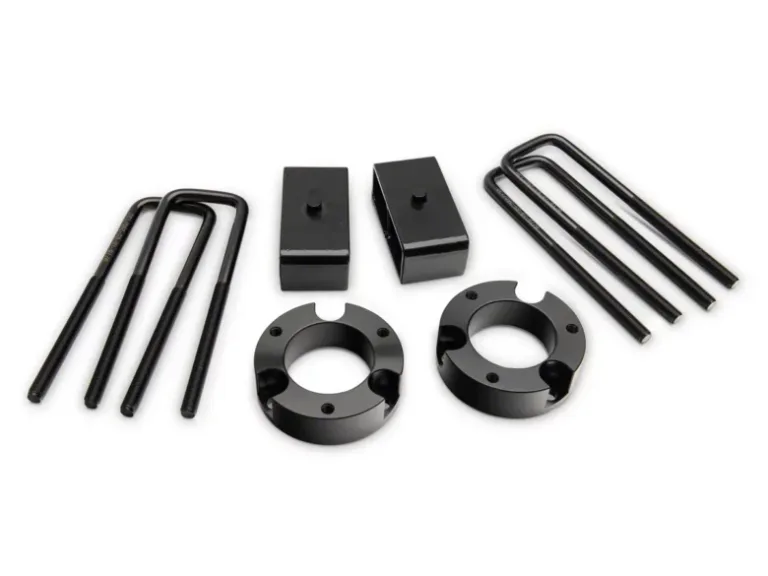How To Find The Right MTB Bicycle?
Mountain biking is not just a sport; it’s a thrilling adventure that takes riders off the beaten path and into the heart of nature. To fully immerse yourself in this adrenaline-pumping experience, you need the right tool for the job: an MTB bicycle. In this comprehensive guide, we’ll explore the essential factors to consider when finding the perfect mountain cycle, allowing you to conquer the trails with confidence and excitement.
-
Determine Your Riding Style
Before embarking on the journey to find your ideal MTB bicycle, it’s essential to define your riding style and preferences. Mountain biking encompasses various disciplines, each demanding a specific type of bike. Understanding your riding style will narrow down your options and ensure you get the most suitable mountain cycle.
Here are some common mountain biking styles:
- Cross-Country (XC): If you enjoy long-distance rides and climbing steep hills, a cross-country MTB bicycle with a focus on efficiency and lightweight design is your best choice.
- Trail Riding: For versatile all-around performance on a mix of terrains, a trail MTB bicycle offers balanced capabilities for both ascents and descents.
- Enduro/All-Mountain: If you prefer aggressive descents and challenging technical trails, opt for an enduro or all-mountain bike known for its robust frame and suspension.
- Downhill: Downhill mountain cycles are built for speed and descending steep, rocky slopes with precision. These bikes have heavy-duty suspension and reinforced frames.
- Fat Biking: For tackling snow, sand, or soft terrains, fat bikes with oversized tires provide superior traction and stability.
-
Understand the Suspension Types
Suspension is a crucial component of any MTB bicycle. It directly impacts your comfort, control, and handling on the trails. There are two primary suspension types to consider: full suspension (dual-suspension) and hardtail (front suspension only).
- Full Suspension: Full suspension mountain cycles feature both front and rear suspensions, offering enhanced comfort and control on rough trails. They excel in downhill and technical terrain.
- Hardtail: Hardtail mountain bikes have suspension forks at the front but a rigid frame at the rear. They are lighter, more efficient for climbing, and ideal for cross-country and trail riding.
The choice between full suspension and hardtail depends on your riding style and the type of trails you plan to conquer. Full suspension bikes are great for aggressive riding, while hardtails are more efficient for covering longer distances.
-
Consider Wheel Size
Mountain bicycles come in different wheel sizes, each offering unique advantages. The most common wheel sizes for MTB bicycles are 26-inch, 27.5-inch (650b), and 29-inch.
- 26-inch: These smaller wheels are nimble and responsive, making them ideal for technical terrain and tight corners. They are often found on older mountain cycles.
- 27.5-inch (650b): Offering a compromise between the agility of 26-inch wheels and the rollover capabilities of 29-inch wheels, 27.5-inch wheels are versatile and suitable for most riding styles.
- 29-inch: Known for their ability to roll over obstacles with ease and maintain momentum, 29-inch wheels are excellent for cross-country and trail riding. They offer a smoother ride on rough terrain.
Selecting the right wheel size depends on your preferences and the type of trails you plan to tackle. Smaller wheels are agile, while larger wheels provide stability and traction.
-
Frame Material Matters
The material of the MTB bicycle’s frame significantly impacts its weight, durability, and ride quality. The most common frame materials for mountain cycles are aluminum, carbon fiber, and steel.
- Aluminum: Aluminum frames are lightweight, durable, and resistant to corrosion. They are a popular choice for many mountain cyclists due to their affordability and performance.
- Carbon Fiber: Carbon fiber frames are even lighter than aluminum and provide excellent shock absorption, resulting in a smoother ride. They are often found on high-end mountain bicycles.
- Steel: Steel frames are known for their durability and strength. While heavier than aluminum and carbon fiber, they offer a comfortable and compliant ride.
Your choice of frame material should align with your budget and riding style. Aluminum frames are versatile and offer a good balance between weight and performance, making them a popular choice for many riders.
-
Evaluate the Components
The components on an MTB bicycle play a crucial role in its performance and reliability. Components include the drivetrain, brakes, wheels, and other parts.
Here are some key components to consider:
- Drivetrain: The drivetrain consists of the gear shifters, derailleurs, and cassette. High-quality drivetrains from reputable manufacturers like Shimano and SRAM provide smooth and precise shifting.
- Brakes: Disc brakes are the standard for mountain cycling due to their superior stopping power and modulation. Hydraulic disc brakes offer excellent control and require less effort to operate.
- Wheels and Tires: Choose wheels and tires that match your riding style. Wide, knobby tires provide excellent traction on rough trails, while lighter wheels are more responsive.
- Suspension: Pay attention to the brand and type of suspension components. High-quality suspension forks and shocks improve ride comfort and control.
It’s advisable to invest in a mountain cycle with reliable components to ensure a safe and enjoyable riding experience.
-
Budget Considerations
Your budget plays a significant role in the MTB bicycle you ultimately choose. Mountain cycles come in a wide price range, from budget-friendly options to premium models with advanced features.
Consider the following budget tips:
- Entry-Level Bikes: If you’re new to mountain biking or on a tight budget, entry-level mountain cycles offer an affordable starting point.
- Mid-Range Bikes: Mid-range mountain bicycles strike a balance between price and performance. They often feature decent components suitable for various riding styles.
- High-End Bikes: For experienced riders or those seeking the latest technology and advanced features, high-end mountain cycles offer top-tier performance but come at a premium price.
When setting your budget, remember to account for additional expenses such as safety gear, maintenance, and accessories.
-
Test Ride and Fit
Before finalizing your MTB bicycle purchase, it’s essential to test ride the bike to assess its fit and comfort. The right fit ensures you can maintain control and stability on the trails.
Here’s how to ensure a proper fit:
- Stand-Over Height: The rider should be able to stand over the top tube with some clearance between the crotch and the frame.
- Reach to Handlebars: Check that the reach to the handlebars is comfortable, allowing you to grip them without overstretching.
- Saddle Height: Adjust the saddle height to achieve a slight bend in the knee when the foot is at the bottom of the pedal stroke.
Conclusion
Finding the right MTB bicycle is a thrilling adventure in itself. By considering factors such as your riding style, suspension type, wheel size, frame material, components, budget, and fit, you can navigate the vast world of mountain cycling with confidence. The perfect mountain cycle will not only provide you with the tools to conquer the trails but also open the door to exhilarating adventures and unforgettable outdoor experiences. So, gear up, explore your options, and embark on your next mountain biking journey with enthusiasm and determination. Happy trails!







